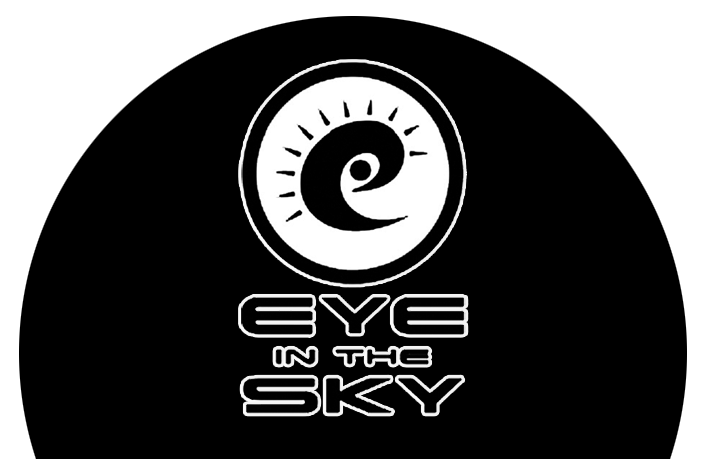FILE TYPES
PHOTOSHOP - Opening, saving & closing files. File types.
In the main Photoshop menu you will find all the following prompts with their associated shortcuts, no matter if you use Mac or Windows, and they are the same shortcuts as most programs like Microsoft Word; Open (Co-O), Save (Co-S), Copy (Co-C), Cut (Co-X), Paste (Co-V). To open a NEW window = Co-N
OPENING A FILE
There are a number of ways to open an existing image via Photoshop on your hard drive;
1. File – Open, or its Shortcut = Co-O.
2. You can also use Adobe Bridge and find your image by looking through your hard drives hierarchy, then double clicking it.
3. Or, on the Mac you can simply drag the image on your hard drive to the Photoshop icon and it will open it.
4. You can right click with your mouse and choose Open with Photoshop to open any file
SAVING A FILE
FILE – SAVE or the shortcut Co-S (will write over an existing file), or SAVE AS shortcut Shift - Co-S. (offers you the choice to rename the file, thereby keeping the original intact). The latter will present a window giving you options where to save it within your system hierarchy. It can also change what format you wish to save the file in (see File Types below).
You can also Save for Web, here you can choose between GIF and JPEG. This crunches a file down to a tiny size for email or web delivery.
CLOSING A FILE
File – Close (Co-W) will close the current window. File – Quit (Co – Q) will quit the program, so don’t do this if you still want to work with it.
FILE TYPES
Photoshop uses a number of file types, or ways to save your images. These are represented by a three-letter extension preceded by a dot after the image name. Such as .jpg, .TIF etc. On a Mac, even though you don’t need to always display these extensions but it’s a good practice to do so, you will find that if you email or send images to a Windows user, you will most certainly need to use them.
Photoshop (.psd)
A file type for used specifically by Photoshop, to contain all your working information such as layers, channels, profile info etc. These layers by their very nature are quite large. The extension here is: .psd or Photoshop Document.
If you save any image that has the background, plus a layer (text or graphic etc), it will by default, be saved as a .PSD file.
JPEG Joint Photographic Experts Group - (.jpg)
is the most common file type for image compression, enabling your image to be sent via email, or posted to the internet. The idea of compression is that the image will occupy a smaller amount of space on your hard drive, or less download time.
The only side effect is that under severe compression, you may see ‘jaggies’ or pixel fragments/artefacts, but seeing your image may end up on the web as a 1900 pixel image, the jaggies don’t really matter that much. The JPEG consortium was created for this purpose. Generally it is seen as a three letter extension as a suffix to your image, such as; .jpeg or .jpg.
TIFF - Tagged Image File Format (.tif)
Is the preferred method of filing high quality images, there is still a small amount of compression (25%) but there is NO VISIBLE LOSS OF QUALITY as it uses a system called LZW, or Lossless. The disadvantage is that your file sizes will be quite large. TIF cannot save files over 4GB. Extensions are either .tiff or .tif
PNG (.png)
This stands for “Portable Network Graphics” and is the most used uncompressed raster image format. It’s extension is .png
and was developed to replace the .gif format for internet use, therefore it does not support print quality use such as CMYK.
EPS (Encapsulated PostScript)
This is the format preferred by Desktop Publishers, and as such is ideal for logo’s, graphic elements and layouts etc. For photographs though a TIFF file is probably best. The extension is simply .eps
DCS (Desktop Colour Separations)
Is a version of EPS that lets you save colour separations in CMYK format. Extension is .dcs
GIF (.gif)
A web standard file for ‘vector’ graphics designed for non-continuous colours such as you will see on logos, artwork etc. Also for web based animations. A Giff file is a great way of presenting very small file sizes on the internet. A continuous tone photograph though should not be saved as a Gif due to its limited range of colours, these will often be represented as bands of colour, hence ‘banding’. The extensions here is simply .gif
RAW
Raw files are direct from your digital camera and carries the raw uncompressed information direct from the camera’s CCD. Any file saved as RAW will flatten any layers, as they are not supported. A RAW image is a bit like a negative in that you can go back to it and generate a different exposure as it carries an unlimited amount of visual information. Various camera manufactures have their own propriety terminology, such as NEF for Nikon.
All photography and text © Jon Davison 2021
BACK TO MAIN MENU

